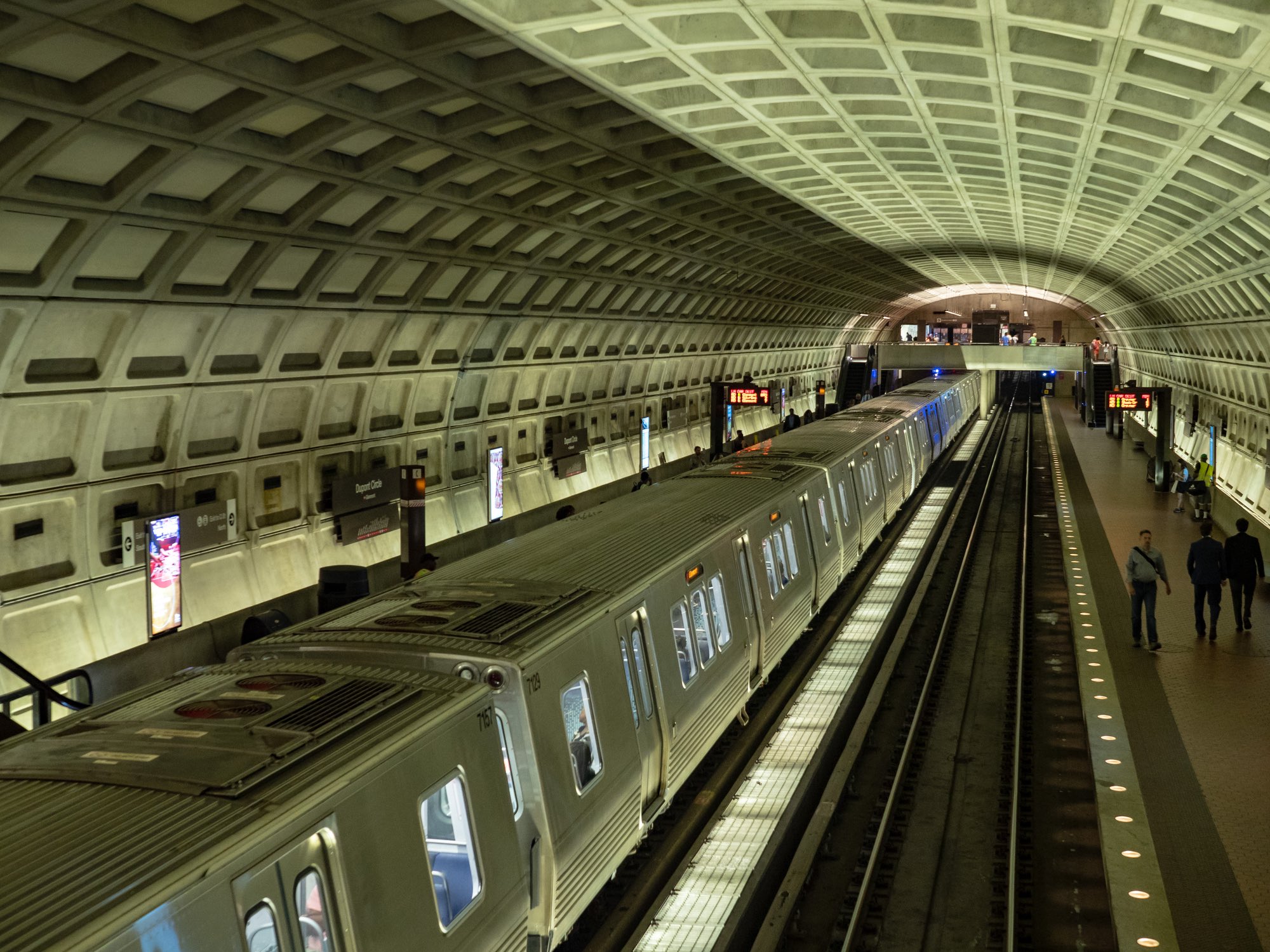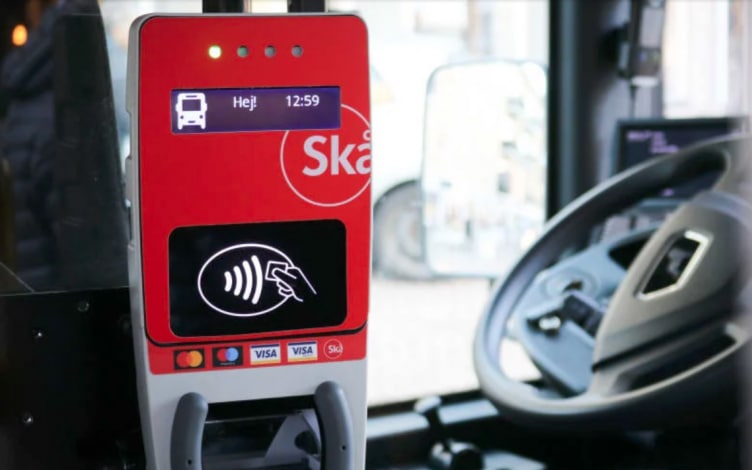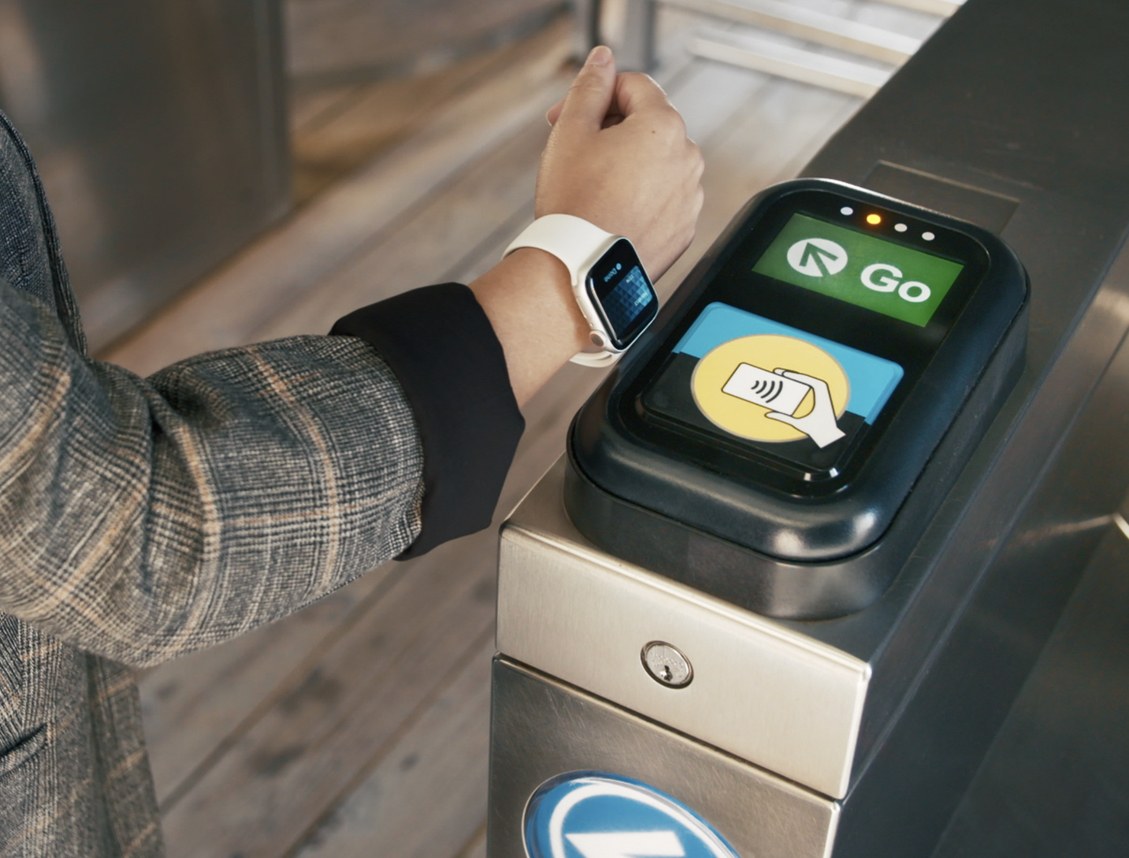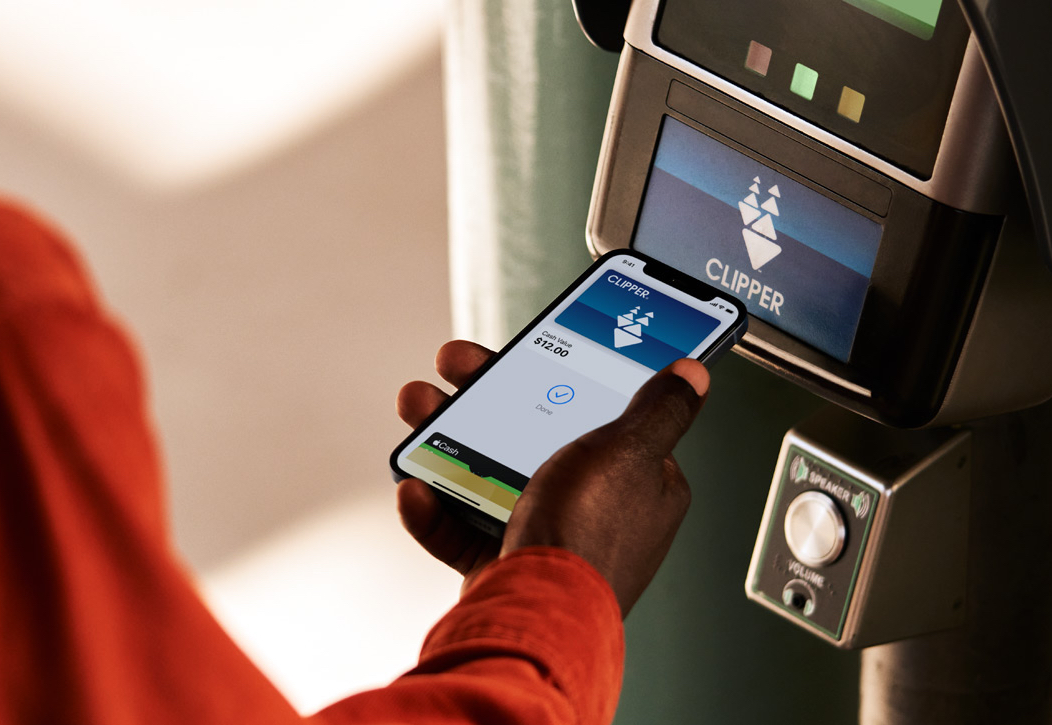
Article Highlights
The major Pays services, such as Apple Pay and Google Pay, are vying to sign up transit authorities and operators to enable fare cards for their respective wallets.
Table: Closed-loop fare cards supported by Apple Pay, Google Pay and Samsung Pay.
• Google Pay
• Apple Pay
• WMATA
• Cubic
The Washington Metropolitan Area Transit Authority, or WMATA, as expected, has added its closed-loop fare card SmarTrip to Google Pay, following support by Apple Pay for the card last year. The launch Tuesday of SmarTrip for Google Pay is the latest move by an NFC wallet provider to sign up transit authorities globally for its payments service. Wallet providers, such as Google Pay and Apple Pay, are vying to add more fare cards to their payments services to attract more users and transactions.





















